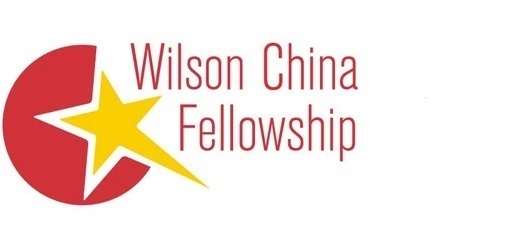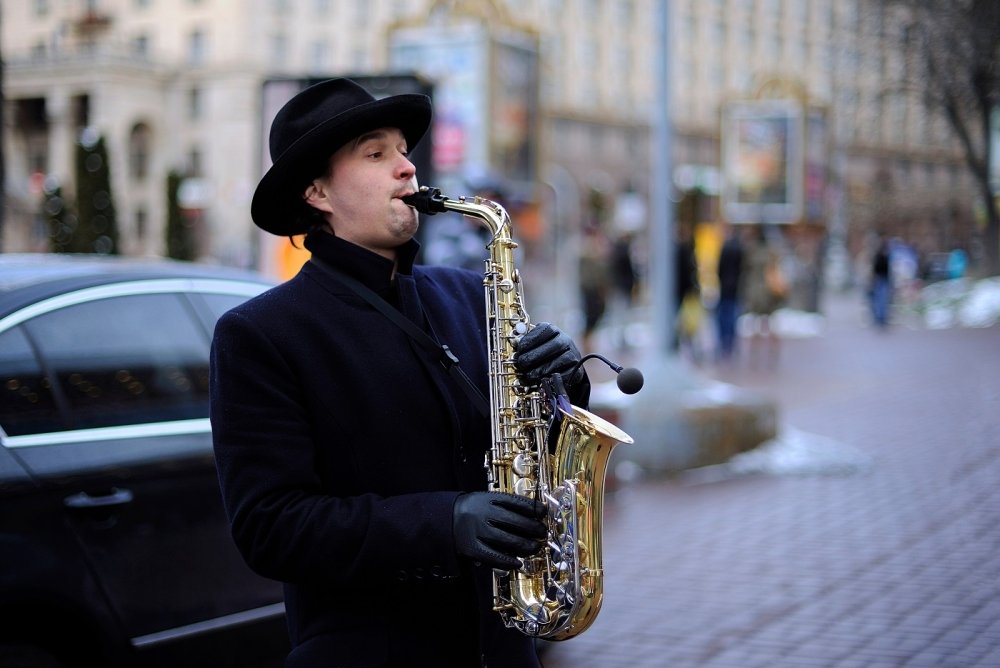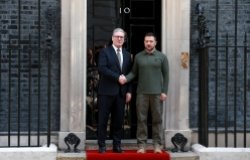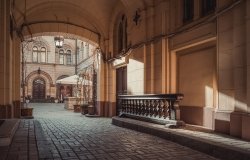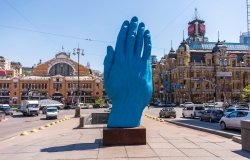
A blog of the Kennan Institute
Jazzy Nights in Kyiv
BY BLAIR A. RUBLE
Jazz is back in Kyiv. Its return at several venues around town—like the reopening of art galleries noted in a previous post in this series—offers evidence that the city is trying to reclaim its vibrant, urban culture. Jazz, since its invention on the streets of New Orleans at the turn of the last century, always has been an improvisational art, drawing on a myriad of urban musical influences. Once asked where his music came from, Thelonious Monk reputedly quipped that he simply wrote down the sounds of Manhattan.
Musicians are now back improvising with the sounds of Kyiv, a city with a notable jazz history. In Ukraine, as throughout the Soviet Union and Eastern Europe, aficionados devotedly tuned into Willis Conover’s fabled Voice of America Jazz Hour throughout the 1950s, 1960s, and 1970s. Before the arrival of cassette tape recordings, fanatics copied bootlegged vinyl records from the West pressed onto X-ray pictures to pass around in back rooms (this technique led to jazz being known as “bone music”). Musicians looking to swing tracked down gigs in circus bands and music hall shows (known as estrada), cherishing the moments when they could cut loose.
Following glasnost’ and independence, Kyiv’s jazz heads cultivated their own radio shows and circuits of neighborhood community stages. Gatherings of enthusiasts popped up. Increasingly, musicians at the conservatory and other musical institutions mixed various genres, providing a rich tapestry for improvisation. The international jazz circuit quickly spread to the former Soviet Union after 1991, with Kyiv becoming a stop for many notable players.
As elsewhere, jazz musicians struggled for their paychecks. Players, universally, need to supplement their meager earnings from gigs and recordings by teaching and finding flexible day jobs. In this regard, the local scene was no different from any other jazz center. Jazz survives everywhere on the passion of its musicians and fans.
Touring musicians and community halls remain important for sustaining a jazz scene. The music’s viability always rests on the availability of venues intimate enough to allow musicians and their fans to connect with one another under an improvisational aural cloud.
In 2015, Ukrainian businessman Viktor Savkiv supported the opening of the Vozdvizhenka Arts House Gallery of Contemporary Art. In addition to the galleries, Savkiv longed for the sort of intimate jazz club he had visited in New York. By 2017, he had joined with Lviv’s Markiyan Ivashchyshyn to carve such a club out within the gallery. Savkiv reportedly sold his yacht to pay for his new club’s grand piano.
He named his venue, perfectly suited for the small trios, quartets, and quintets playing modern jazz, after the sign designating the gallery’s location, at 32 Vozdvyzhenska Street. Within a year, 32 Jazz Club was sending out its performances via its online broadcast service, Old Fashioned Radio.
While the COVID-19 pandemic and the war threatened the future of the club, its owners, managers, and musicians longed for its return. Over the past several weeks, the club has presented shows on Wednesdays, Fridays, and Saturdays, offering musicians a valued place to perform and jazz fans an important musical home. The small, yet vibrant, club scene in Kyiv—which includes Jazz Vibes, In Jazz, and Jazz on the Terrace—offers a glimpse of some of the lively culture that will enrich a postwar city.
The opinions expressed in this article are those solely of the author and do not reflect the views of the Kennan Institute.
About the Author

Blair A. Ruble
Former Wilson Center Vice President for Programs (2014-2017); Director of the Comparative Urban Studies Program/Urban Sustainability Laboratory (1992-2017); Director of the Kennan Institute for Advanced Russian Studies (1989-2012) and Director of the Program on Global Sustainability and Resilience (2012-2014)
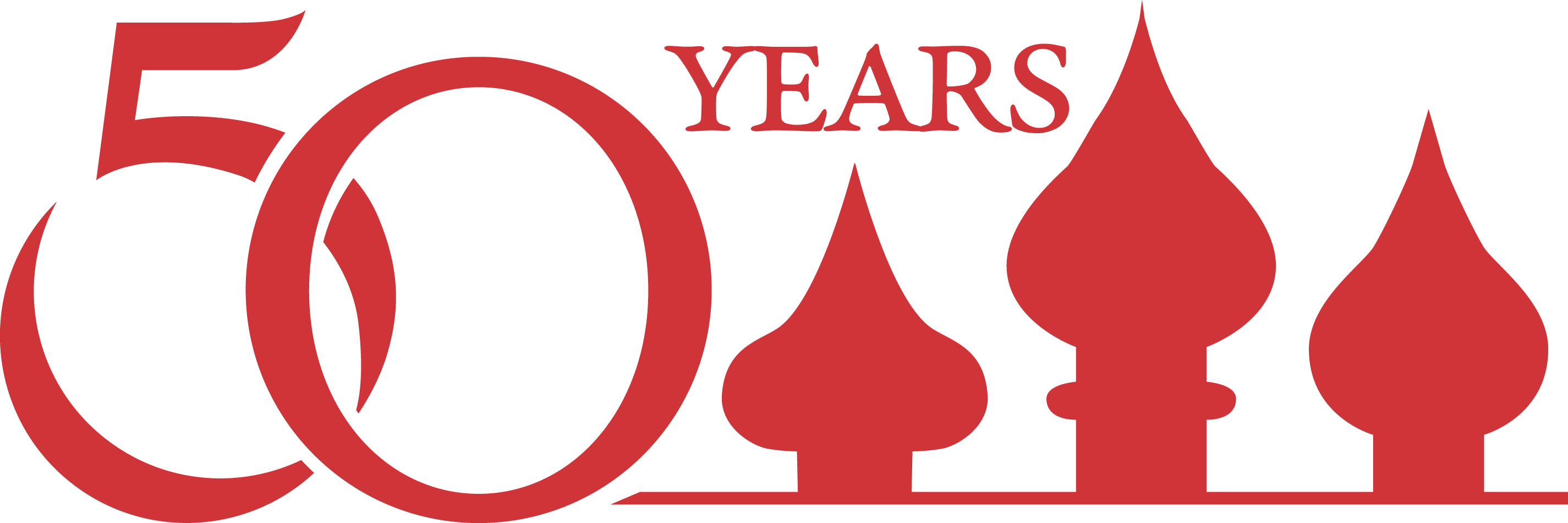
Kennan Institute
The Kennan Institute is the premier US center for advanced research on Eurasia and the oldest and largest regional program at the Woodrow Wilson International Center for Scholars. The Kennan Institute is committed to improving American understanding of Russia, Ukraine, Central Asia, the South Caucasus, and the surrounding region though research and exchange. Read more
